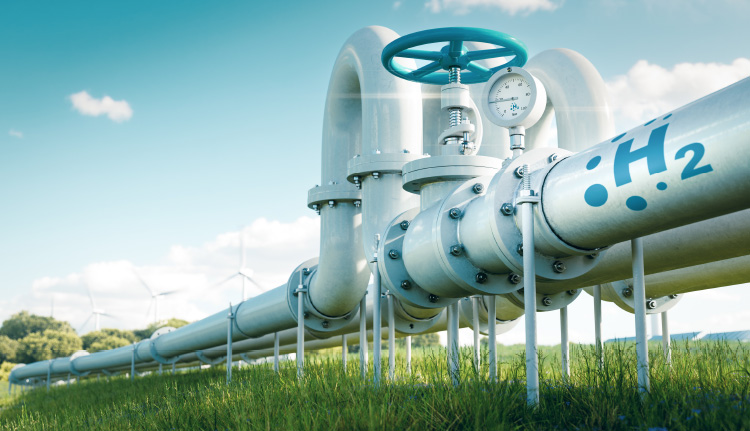Hydrogen is gaining more popularity as an elementary source of energy globally. However, most of the hydrogen produced from fossil fuels releases carbon emissions and contributes to climate change. With that, operators are seeking to produce hydrogen from clean sources such as water or biomass. As green hydrogen production requires a lot of energy and higher cost using the electrolysis process, which splits water into hydrogen and oxygen, plasma technology has recently emerged to improve the efficiency of green hydrogen production.
Spot Light on Plasma Technology
According to an article published by the Journal of Power and Energy Engineering, plasma is known as the fourth state of the material and can be defined as an ionized gas. It consists of a mixture of ions, electrons, and neutral particles. In green hydrogen production, it considered to have the best energetic efficiency. It is used in reforming fuels for hydrogen production. Plasma is classified into two types; thermal plasma and non-thermal plasma. The difference is based on the energy level. The article mentioned also that, the gas components’ temperature is the major difference between thermal and non-thermal plasma technology.
Thermal and Non-Thermal Plasma
Thermal Plasma consumes more energy than non-thermal one. It can be applied to the applications that need a high temperature such as vehicles ignition systems, lighting applications, gasification of solid fuels. A study entitled “Thermal-plasma-assisted renewable hydrogen and solid carbon production from ionic liquid-based biogas upgrading” reported that thermal plasma offers several benefits for the conversion of electrical energy to chemical energy, including flexible and controllable heating source with low-carbon emissions. It can be used in several applications, including Nano powders, destruction, and treatment of hazardous waste, metallurgy application surface modification and coating, chemical synthesis. It also can be used in waste treatment such as healthcare wastes.
Non-Thermal plasma consumes less energy as chemical reactions happens at low power and low temperature as well as low capital and operating expenses. It is more suitable for producing syngas. According to the previously mentioned article, different reactors are being used for applying non-thermal plasma technology, including dielectric barrier discharge (DBD) reactors, gliding arc discharge, corona and microwave. The different types of the non-thermal plasma is determined by several parameters such as controlling method of the current and discharging power, reactor design, flow rate and the power supplies.
Positive Impacts
Plasma technology has many advantages that distinguish it from traditional technologies. Firstly, it is easy to install plasma reactors on the requested site due to its small size which reduces the costs of transportation and increases the efficiency. Also, it has the ability to produce hydrogen quickly. Additionally, plasma reactors allow the operators to produce hydrogen instantly on demand, so there is no need for storage systems. Moreover, as mentioned previously, plasma technology enables control over the chemical processes that occurs during hydrogen synthesis, increasing efficiency and reducing waste.
Remarkable Applications
There are various applications for the plasma technology in producing green hydrogen. One of the promising applications is the use of plasma electrolysers. An Australian start-up called Hydrogen Systems Australia has developed these electrolysers using plasma, as the fourth state of matter, to reduce the cost of green hydrogen by a factor of three. This technology works “by using electrical power inside a plasma chamber at certain frequencies that elicit favorable responses from the hydrogen and oxygen atoms in water, requiring much less power than standard PEM or alkaline electrolysers,” an article issued by Recharge news, stated.
Another application of plasma technology in green hydrogen production is the use of plasmalysis technology. This technology is developed by two companies: Graforce and Worley. It can transform liquefied natural gas (LNG), flare gas, and other hydrocarbons into hydrogen without releasing CO2 or other harmful greenhouse gases. It helps in transition into clean-burning hydrogen without requiring switch energy suppliers or transition methods, according to an article published by Offshore Technology.
Furthermore, Graforce has developed a plasma electrolysis process to produce hydrogen from residual materials in an energy-efficient and cost-effective manner. The company’s technology “does not split water molecules to produce hydrogen, but instead splits nitrogen and hydrocarbon compounds found in wastewater or other feedstock,” the company said.
In conclusion, plasma technology offers many benefits for green hydrogen production, including increased efficiency, reduced costs, and greater versatility. It is an exciting development in the field of clean energy and has the potential to play a significant role in the transition to a sustainable future.








